Do you prefer to drink your wine from polished crystal glasses on a stem? Or from handmade ceramic vessels made of...
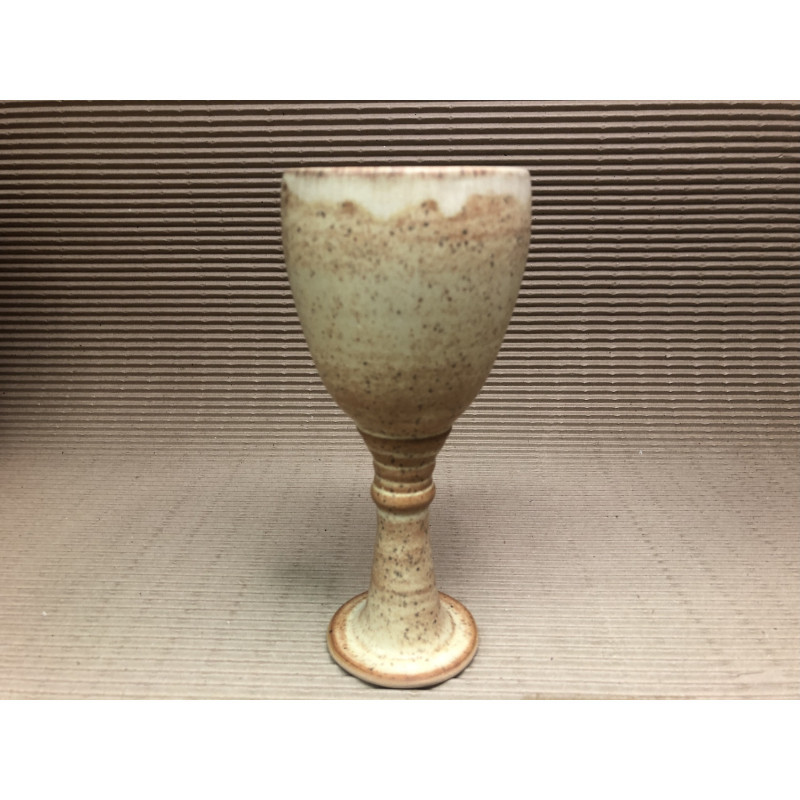
Dricka vinet ur keramik - en växande trend
Do you prefer to drink your wine from polished crystal stemmed glasses? Or from handmade ceramic vessels made of clay that may have been dug up directly from the winemaker's soil?
In my studio, I turn unique wine goblets, decanters, water cups and other drinking vessels in stoneware clay. I make them with a lot of love and care, and my idea is that my rustic style should give character and references to both the set table and the drinking experience. They should remind you of the natural origin of the wine and the clay. The color, shape, depth of the vessel and the weight in the hand affect both the aesthetic experience and the taste. The shape of the vessel is like a greeting from my hand to the user's tactile sense. And last but not least, my ceramic products are fantastic carriers of temperatures. For example, put a beer mug in the freezer for a while and let the vessel keep the drink chilled for a long time on a hot summer veranda.
In some countries, restaurants have held on to the tradition of serving alcoholic beverages in handmade ceramics. For example, in some regions of France, Italy and Eastern Europe. In other countries, ceramic drinking vessels were gradually replaced after the introduction of stemmed wine glasses in Venice in the 15th century. Most of us have become accustomed to drinking from glasses without giving it much thought.
Today, we see a new growing trend in modern bars and restaurants, and it is becoming increasingly popular to let guests sip wine or cocktails from ceramic vessels. It is becoming more common to collaborate with ceramicists to produce unique collections of handmade vessels. The idea that wine tastes better because the clay comes from the ground, just like the wine, has a long tradition. The experience becomes more tactile and sensual and it is in our time to want to use something handmade and natural. Both the wine and the clay have local imprints from the soil where it grew or settled.
It is becoming more common for winegrowers to produce ceramic drinking vessels directly from their own soil so that both the wine and the pottery have the same origin, from the same soil. The clay is dug up from the ground and the pottery is produced by someone's hand.
Ceramics is one of our oldest building materials. Ceramics has also followed the long history of winemaking, for about 8,000 years, for example for storing, pressing and transporting wine. Its ability to store and slowly mature as well as its resistance to light and air have been unbeaten for a very long time. In ancient times, there was a preference for amphorae for storage and transport and later demijohns were used in France and Italy, among other places, to transport wine from the vineyards to local markets. Even today, many wine producers find that handmade ceramic vessels are both beautiful and improve the taste and aroma of the wine; they are becoming more and more obvious in artisanal and sustainable production.
The trend is pleasing for us artisans and wine lovers. I hope that many people follow the growing trends and ask themselves whether the return of the ceramic vessel is mostly unusual but good and whether it adds something new to the drinking experience?
Image from free encyclopedia, amphorae for ship transport from the Bronze Age, Turkey
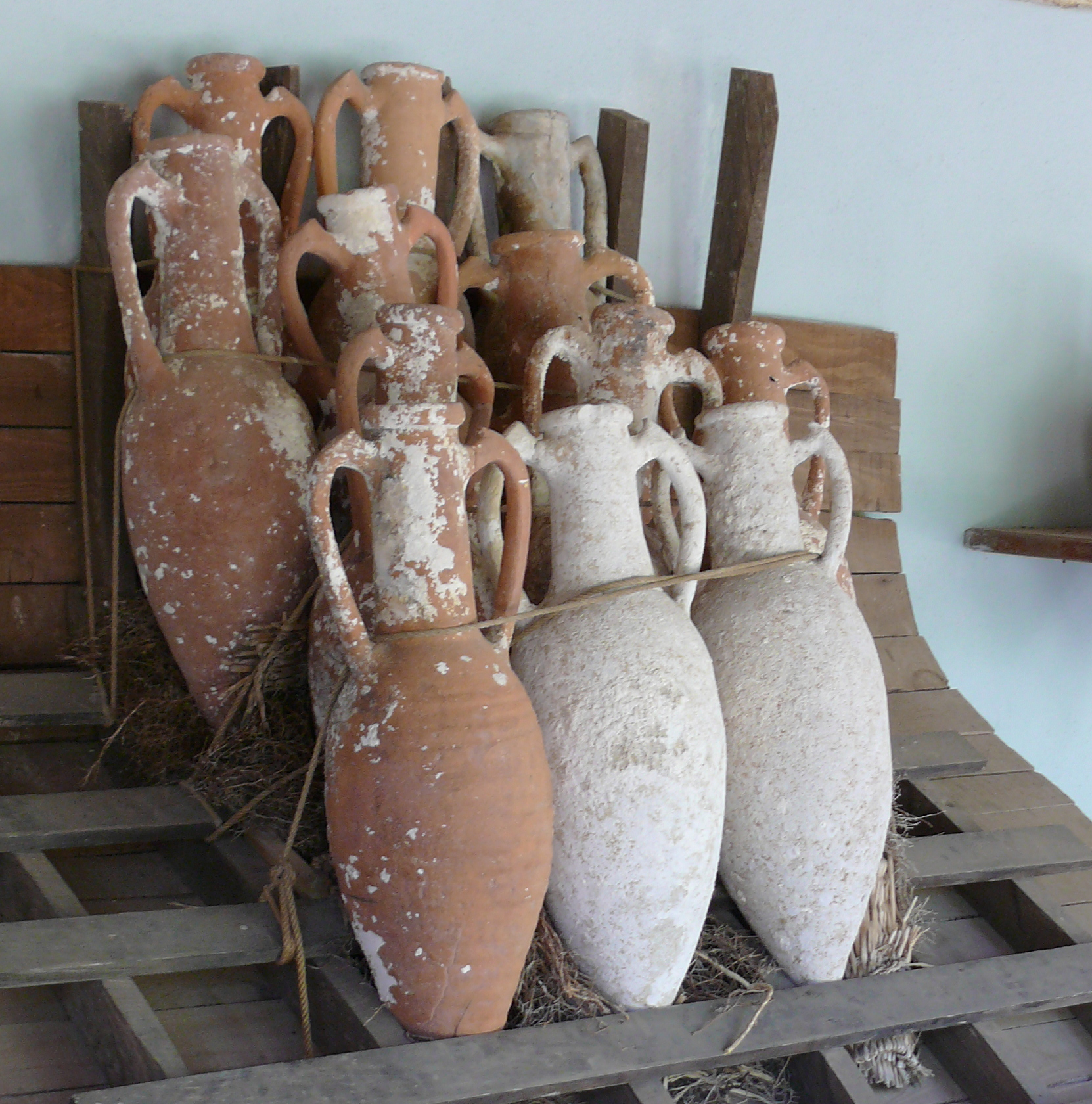
Tumblers and wine goblets from Studio Fagerstedt
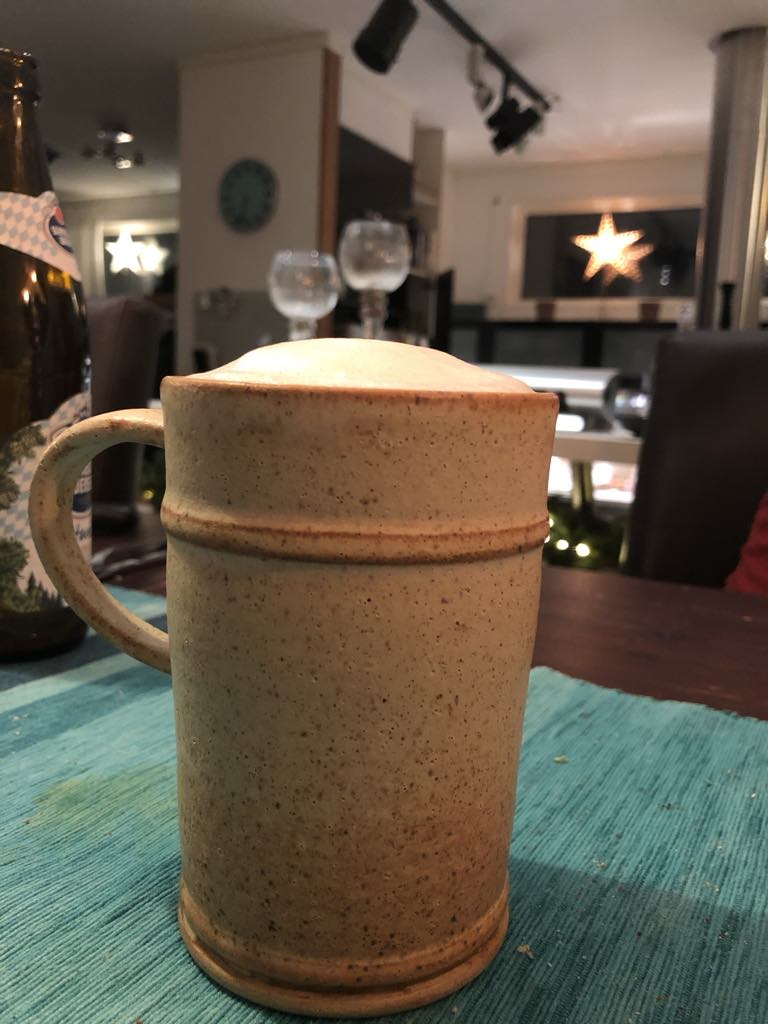
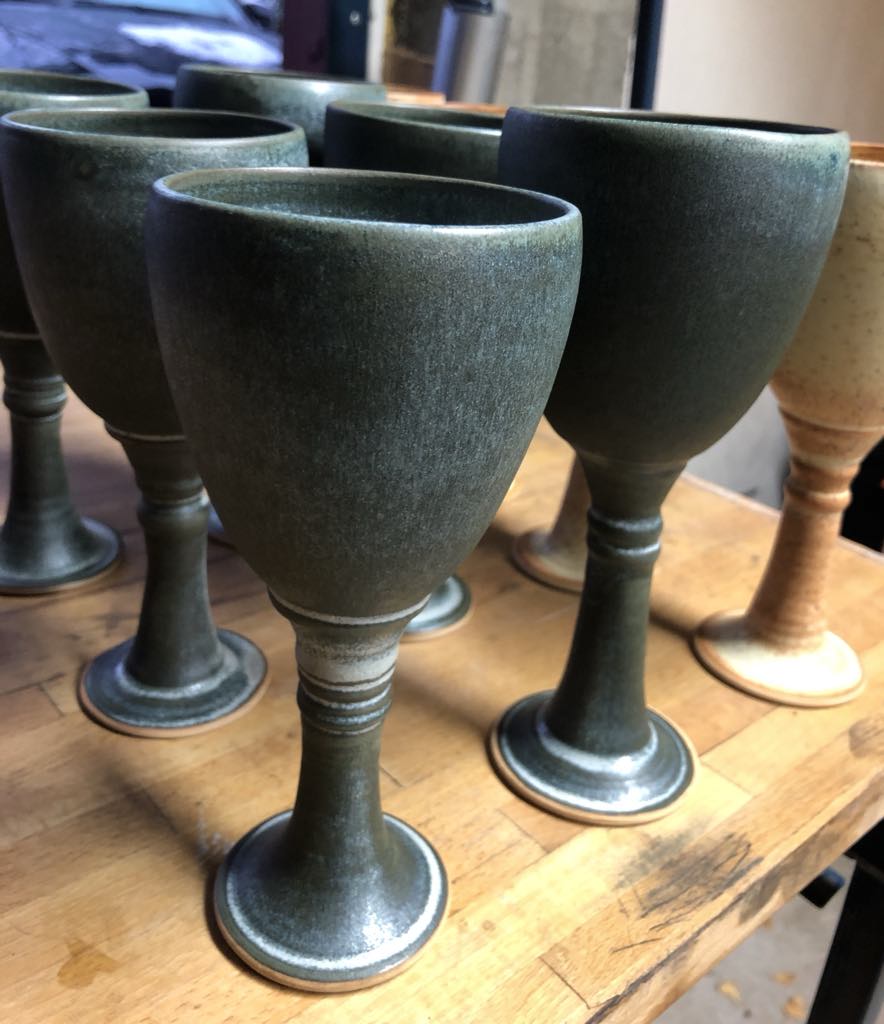
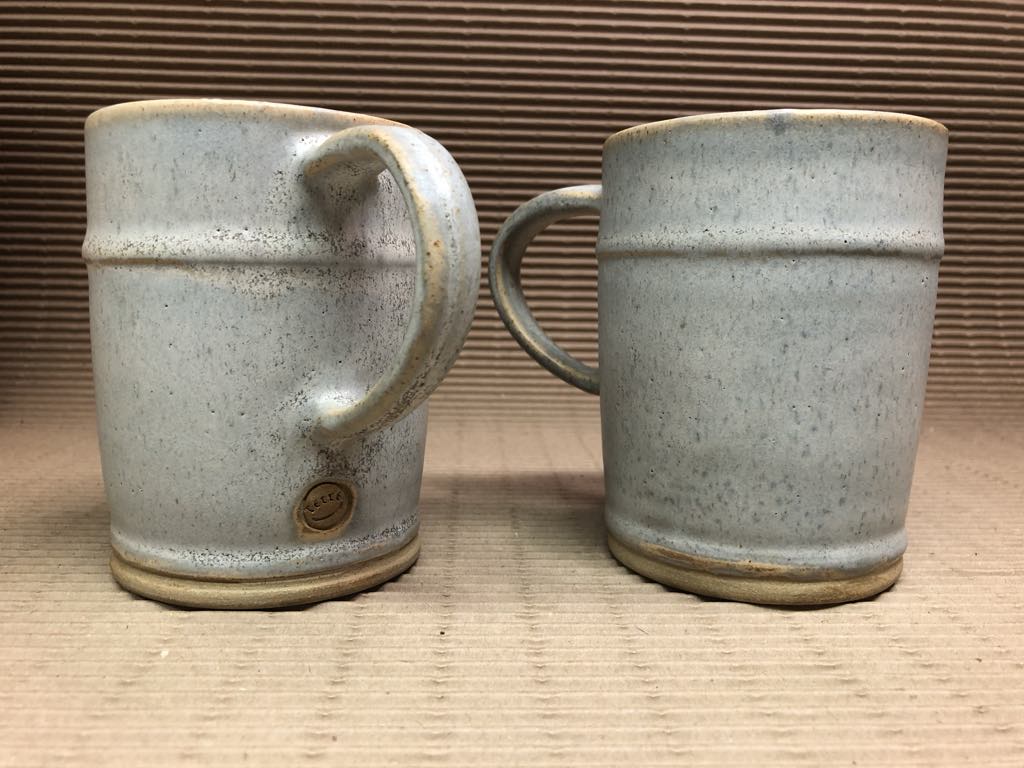
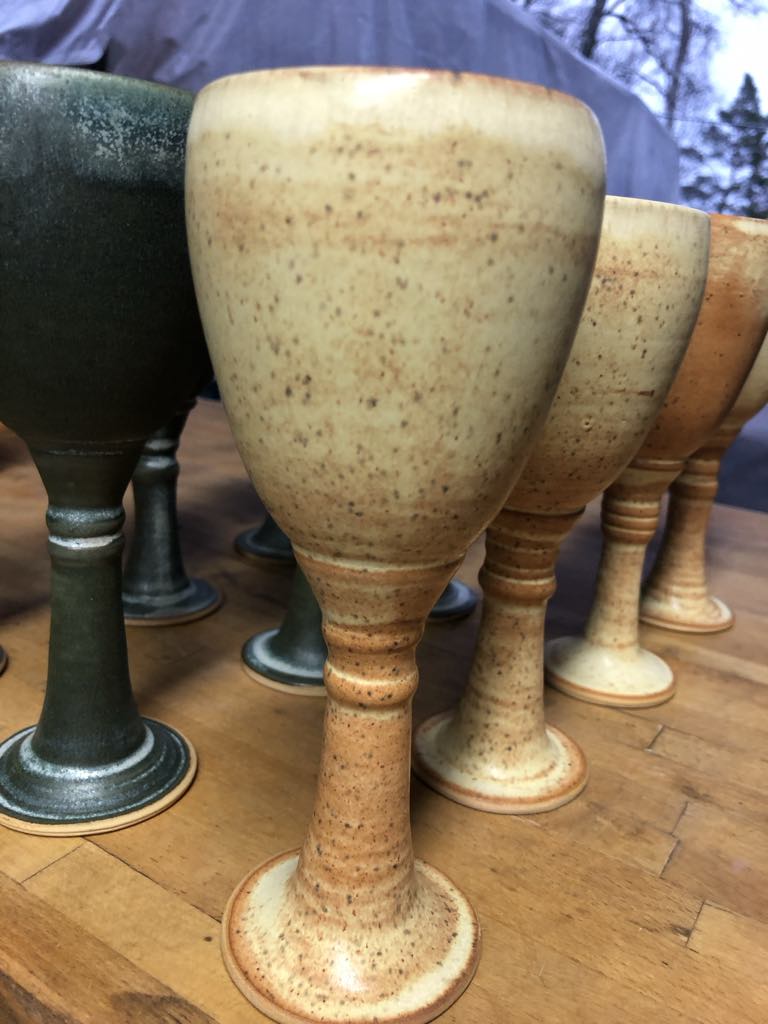
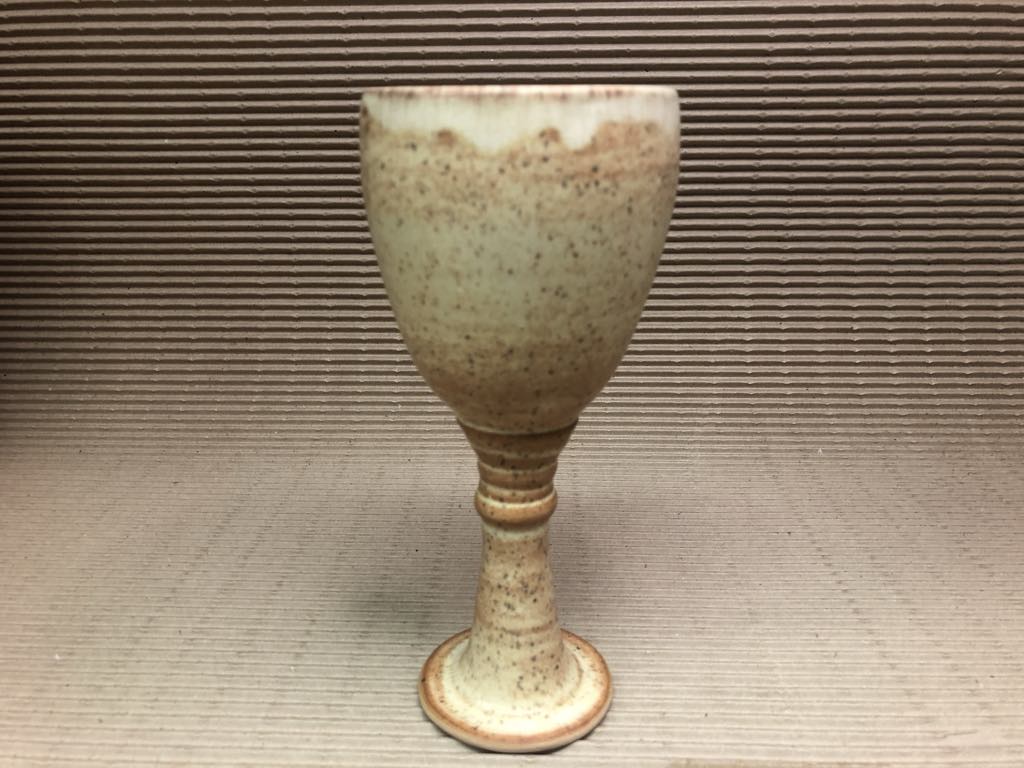








Leave a comment